Even if you are not a die-hard fan of gelatin desserts, there is no denying that your mouth fills with saliva at the sight of a fresh fruit gelatin cake. Gelatin is widely used in cooking, as it is used not only in making gelatin desserts, but also in other cult recipes such as jelly cake with pork shank.
Gelatin, which is freely sold everywhere in stores, is a simple protein of animal origin, obtained by boiling animal bones and cartilage in water.
Gelatin is extremely high in protein but low in nutritional value. In the food industry it is also known as food additive E441.
If you have no experience in the kitchen and have not worked with gelatin before, one of the first questions you need to ask yourself is how is gelatin dissolved.
The gelatin that is sold in stores, can be found in the form of sheets, granules or powder. It is difficult to find natural bone gelatin because artificial gelatin, which has the same gelling properties, is widely available.
Whichever form of gelatin you have to work with, the method for dissolving gelatin is identical. Gelatin is soaked in cold water to swell up, then it is warmed, preferably in a water bath, until it melts and liquefies.
Here is the time to specify that the exact amount of gelatin and water is usually specified on the package itself. However, if such instructions are not available, a standard 10 g of gelatin is placed in 1 cup of cold water.
Dissolving the gelatin, once it swells up, can be done in a water bath on low heat, but also in a microwave oven, and it should not be run for more than a few seconds.
Regardless of which of the two methods you prefer, you must remember that gelatin should not be boiled, because at high temperatures it loses its gelling properties.
Now that you know how to work with gelatin, we recommend that you try one of the following recipes:
- jelly cake;
- and why not jelly candy;
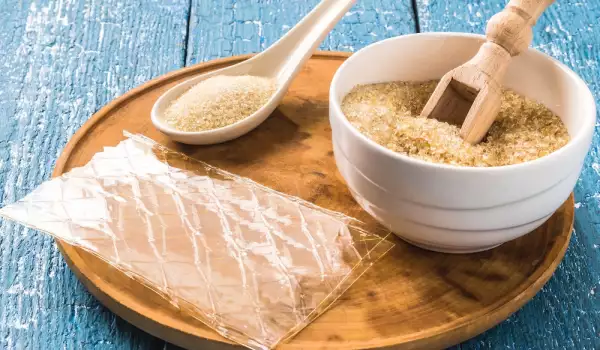
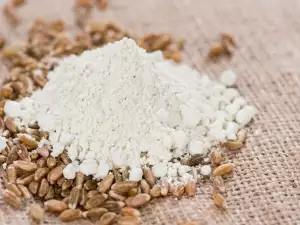

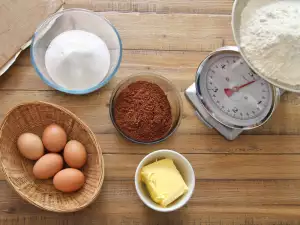
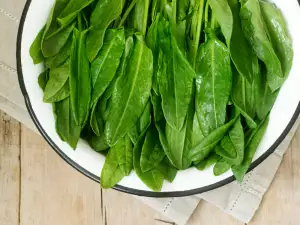
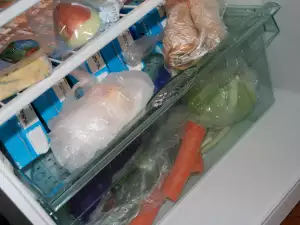
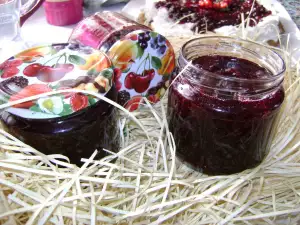
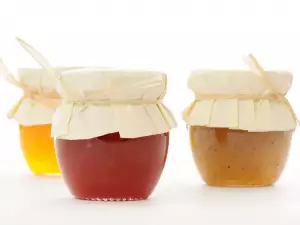
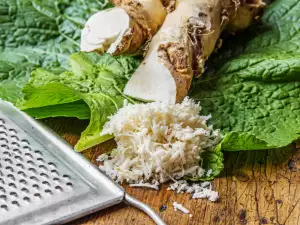
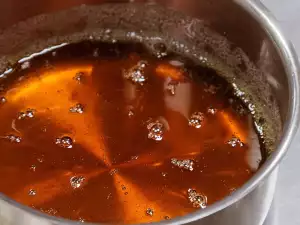
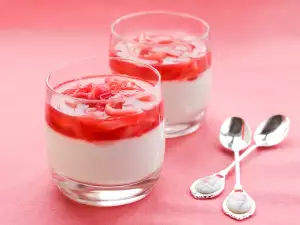
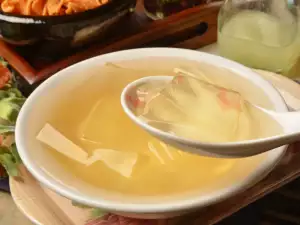
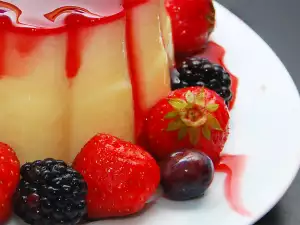
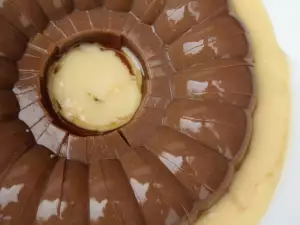
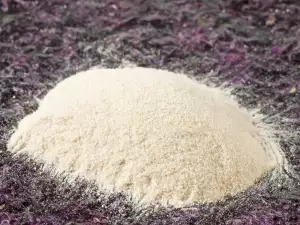



Comments